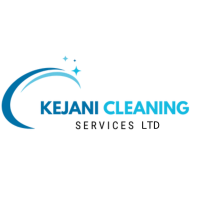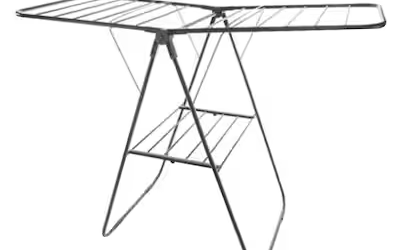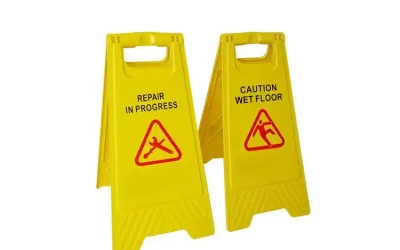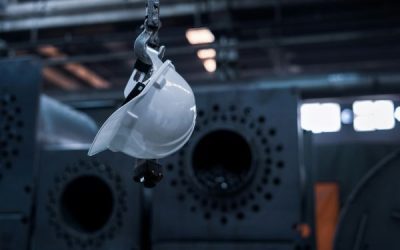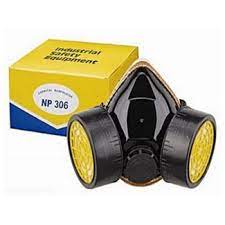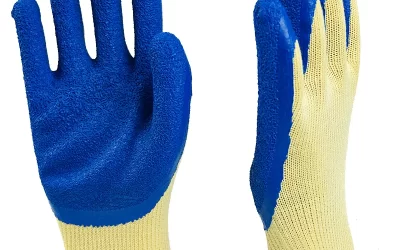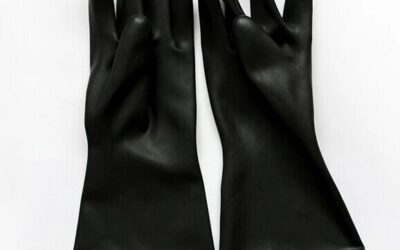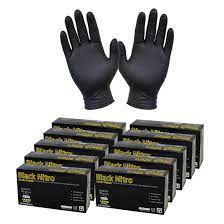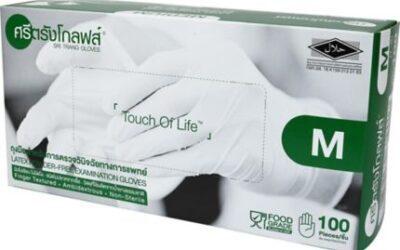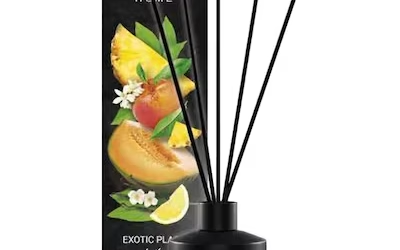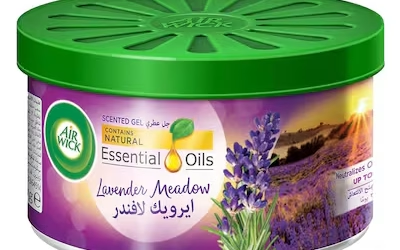In urban Kenya—especially in apartments or areas with limited outdoor space—drying racks have become essential. Whether it’s rainy season in Nairobi or you want to reduce dependence on power-hungry dryers, a clothes drying rack offers a space-saving, eco-friendly, and...
Blog
What Are the 5 Main Safety Signs? Understanding Safety Sign Categories and Their Meanings
Safety signs are crucial for preventing accidents and injuries in workplaces, public spaces, and industrial settings. Whether you're in a construction site, hospital, school, warehouse, or office, these signs communicate vital messages that help keep people safe. In...
Why Safety Is Important in Industry: Understanding the Importance of Industrial Safety
Industrial workplaces—factories, construction sites, warehouses, and processing plants—are engines of economic growth. However, they also expose workers to numerous hazards: heavy machinery, chemicals, electrical systems, heights, fire risks, and more. That’s why...
PPE When Handling Chemicals: Essential Protective Gear for Chemical Safety
Handling chemicals—whether in industrial cleaning, laboratories, healthcare, or agriculture—comes with serious risks. From skin burns to respiratory distress, chemical exposure can cause severe health issues or even death. That’s why Personal Protective Equipment...
PPE When Working at Heights: Essential Safety Equipment for Fall Protection
Working at heights—whether on rooftops, ladders, scaffolds, towers, or construction sites—is one of the most hazardous tasks in many industries. Falls from height are among the leading causes of workplace injuries and fatalities. To mitigate these risks, Personal...
Which PPE Should Be Put On First and Removed Last? A Step-by-Step Guide to Proper PPE Use
Personal Protective Equipment (PPE) is a critical component in infection control, workplace safety, and environmental hygiene across industries—from healthcare and food handling to housekeeping and industrial cleaning. But PPE is only effective when used correctly. A...
Why PPE Is Important in Housekeeping
In housekeeping — whether in hotels, hospitals, commercial buildings, or industrial settings — workers face numerous hazards daily. From exposure to chemicals and biohazards to physical strain and slips, housekeeping tasks can be surprisingly high-risk. This is where...
Why PPE Is Important in the Food Industry
In the food industry, hygiene and safety are non-negotiable. Whether it’s food manufacturing, processing, packaging, or handling in restaurants and hotels, personal protective equipment (PPE) is a critical element in ensuring food safety, worker protection, and...
Which PPE Is Used for Droplet Precautions?
Droplet precautions are infection control measures used to prevent the spread of diseases that are transmitted through respiratory droplets — particles expelled when an infected person coughs, sneezes, or talks. These droplets typically travel 1 to 2 meters before...
Which PPE Is Used for Protection from Fumes?
Exposure to hazardous fumes is a serious occupational hazard across industries such as cleaning, manufacturing, construction, agriculture, and healthcare. Fumes from chemicals, paints, solvents, and cleaning agents can cause respiratory issues, skin irritation, and...
How Do Air Fresheners Work? Understanding Sprays, Gels, Plug-ins & More
Air fresheners are a common solution to unpleasant odors in homes, offices, cars, and restrooms. But have you ever wondered how air fresheners actually work? Whether you're using a spray, a plug-in, a gel, or a dispenser, the goal is the same: to eliminate or mask...
Which Air Freshener Lasts the Longest?
Nobody wants to keep spraying every few minutes just to maintain a pleasant-smelling room. That’s why finding an air freshener that lasts long is a top priority for many homeowners and facility managers. But with so many options—sprays, gels, diffusers, and...
